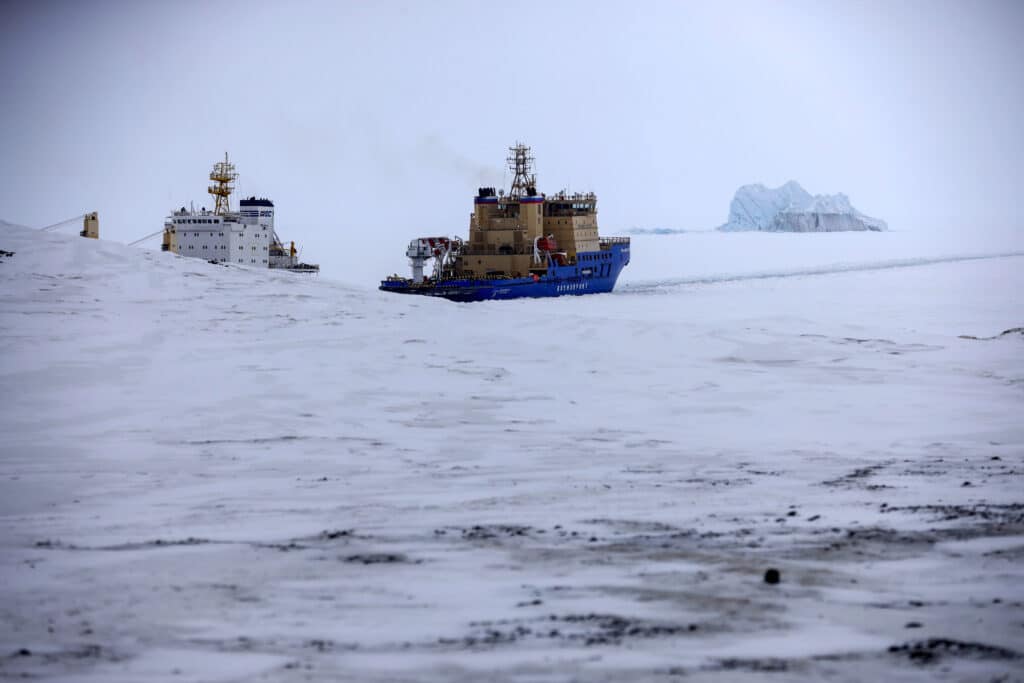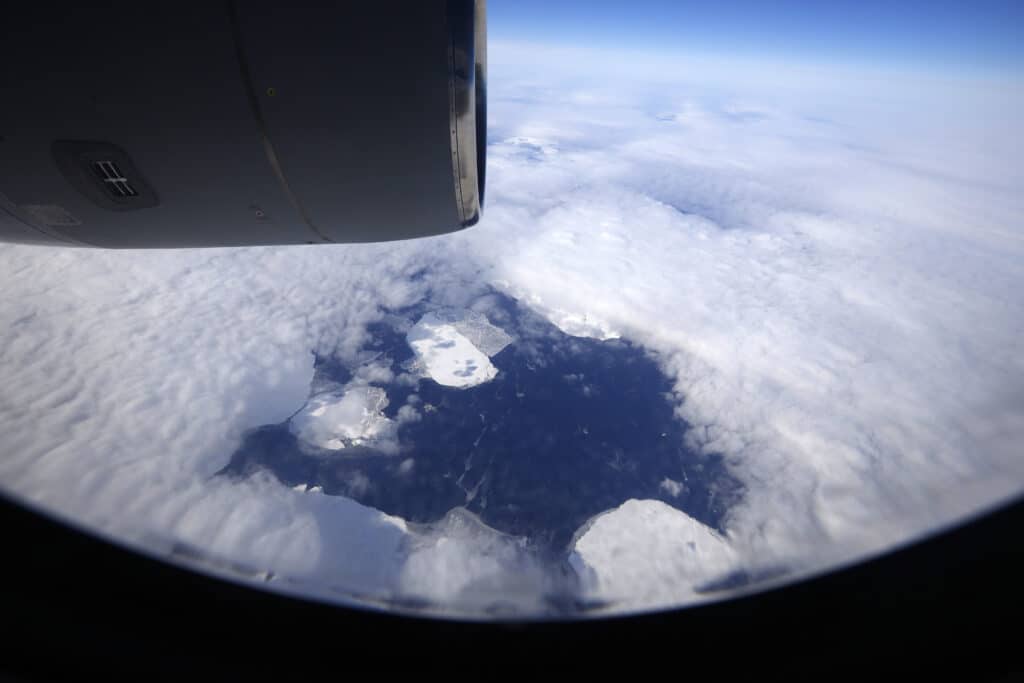Arctic Ice Melting: Should (MENA) Countries be Concerned
The Artic Sea seems a long way from the North African coast and the Middle East, but what is happening there is important to the MENA region, not only in terms of the impact of gradually rising seas, but also in terms of how border disputes are negotiated and what risks and opportunities await as sea lanes through the Arctic become available.
Whether one is a believer in climate change or believes that humans have a significant impact on the climate, it is a fact that the amount of sea ice in the Artic has been in decline since the 1970s, when scientists first began measuring. According to NASA, the extent of ice in the Arctic has dropped an average of 13% per decade. Arctic ice shrinks and grows with the seasons, but each year both the lows and highs are getting lower. The ten lowest ice minimums have all been recorded since 2007.

The gradually shrinking Arctic ice creates both opportunities and challenges and the nations that border the Artic have formed a council to deal with the emerging issues. The Arctic Council has eight permanent members and numerous organizations, working groups and observer nations that have committed to promoting cooperation in the Arctic.
Competition, like the Arctic itself, is heating up. An estimated 30% of the world’s undiscovered natural gas reserves, 13% percent of global conventional oil reserves, and one trillion dollars’ worth of rare earth minerals are believed to be located in the Arctic region. It is estimated that approximately 84% of the oil and gas reserves reside offshore. Fish stocks are expected to continue to shift northward, attracting global fishing fleets and creating potential challenges to the current international prohibition on Arctic fishing.
Russia and China are already increasing their ability to operate within the Arctic Sea. U.S. Coast Guard Commandant Karl Schultz testified before Congress in March 2020 that China’s icebreaker capabilities are surpassing those of the United States. He stated that, “By 2025, arguably China will have more ice breaking capacity than the United States government.” Russia is also continuing to expand its presence along the Northern Sea Route, Moscow is already deriving about a quarter of its gross domestic product from Arctic activities and is continuously increasing the amount of cargo it passes through the route on an annual basis.
Russia’s new flagship nuclear-powered icebreaker, the world’s largest and most powerful, has already operated in the Arctic. China is not far behind as it is currently developing a nuclear powered icebreaker that is even larger than the ones Russia has in service.
The U.S. Coast Guard currently has only one 399-foot heavy icebreaker, the USCGC Polar Star, and one 420-foot medium icebreaker, USCGC Healy. The Polar Star is about 45 years old and its replacement isn’t scheduled for delivery until 2024. As the Russians and Chinese continue to work to make the Arctic Sea another battleground in Great Power Competition, the U.S. will have to rely on other likeminded members of the Arctic Council, and other nations with Arctic interests to ensure stability and the free flow of commerce in the region.
As sea lanes open and resources are discovered and developed, the debate about which nation has the right to lay claim to the treasure and how passage through new international straits can remain assured will intensify. Five of the eight Arctic Council countries have already made seabed or extended shelf claims. The definitions regarding territorial seas and exclusive economic zones (EEZs) are defined, to an extent, in the United Nations Conventional Law of the Sea (UNCLOS), established in 1982. In disputed areas, UNCLOS provides processes to negotiate disputes.
There are several reasons for the people living in MENA countries to take interest in developments in the Arctic Sea. The first, of course, is the impact on coastal communities to the gradual rise of the seas from continued Artic ice melt. Secondly, how the numerous territorial and EEZ claims in the Artic are adjudicated will add to the body of international law and should inform the solution to similar claims in the Eastern Mediterranean Sea and Arabian Gulf. Lastly, development of new sea lanes through the Arctic Sea will shrink the length of travel for shipping throughout the world, to the benefit of everyone, in the same way that great circle route air travel has for decades.Read More by the Author
Disclaimer: The views and opinions expressed in this article are those of the authors and do not necessarily reflect the official policy or position of Newslooks.com







